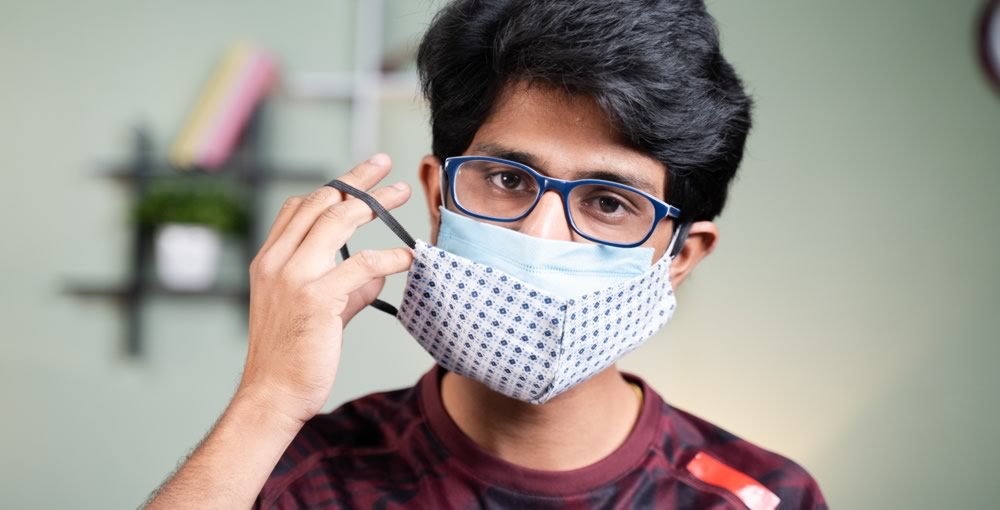COVID-19: Is double masking more effective in stopping the spread of the virus?
February 23, 2021

The CDC released recommendations that double masking is more effective in blocking infectious aerosols that cause COVID-19.
In lab tests with dummies, exposure to potentially infectious aerosols decreased by 95 percent when they wore a surgical mask under a cloth mask.
The recommendations also emphasize that a properly fitted mask that fits snuggly on the face, leaving no open gaps also reduces virus transmission. The mask should go over the bridge of the nose, below the chin and be flush on the face, resting along the skin.
Knotting the ear loops of a surgical mask, where they attach to the mask, and then tucking in and flattening the extra material close to the face (knotted and tucked masks) is also effective in reducing virus transmission.

A commentary on a study conducted in December by a leading expert in aerosol transmission of viruses also shows that a fitted double-mask using a disposable, surgical mask under a double or triple-layer cloth mask is over 90 percent effective in stopping transmission of SARS-Cov-2 virus particles.
In contrast, a single mask with double or triple-layers provides a 50-70 percent reduction of transmission of virus particles.
The December study tested ten different types of face coverings for their effectiveness at protecting others as well as the wearer.
“Double masking has been seen among varied celebrities who are out in public places where keeping a 6-foot distance from others was challenging,” said Texas MedClinic Chief Operations Officer and practicing physician Dr. David Gude. “It’s top-of-mind for my patients. They wonder if double masking provides greater protection.”
The second most effective mask that reduces virus transmission in the study was a three-layer cloth mask with the outer layers consisting of flexible, tightly woven fabric like cotton that conform to the face and a middle layer consisting of non-woven high-efficiency filter material, similar to a vacuum bag.
When you choose your cloth mask, you should look for a tight weave, according to studies. Use the light test to check the weave: If you can easily see the outline of the individual fibers when you hold up the mask to the light, it’s not likely to be effective.
For those who prefer gaiters, CDC recommends two layers of material, or fold it to make two layers. Stay clear of masks with exhalation valves that allow virus particles to escape.
For those who wear glasses, a mask with a nose wire can limit fogging.




